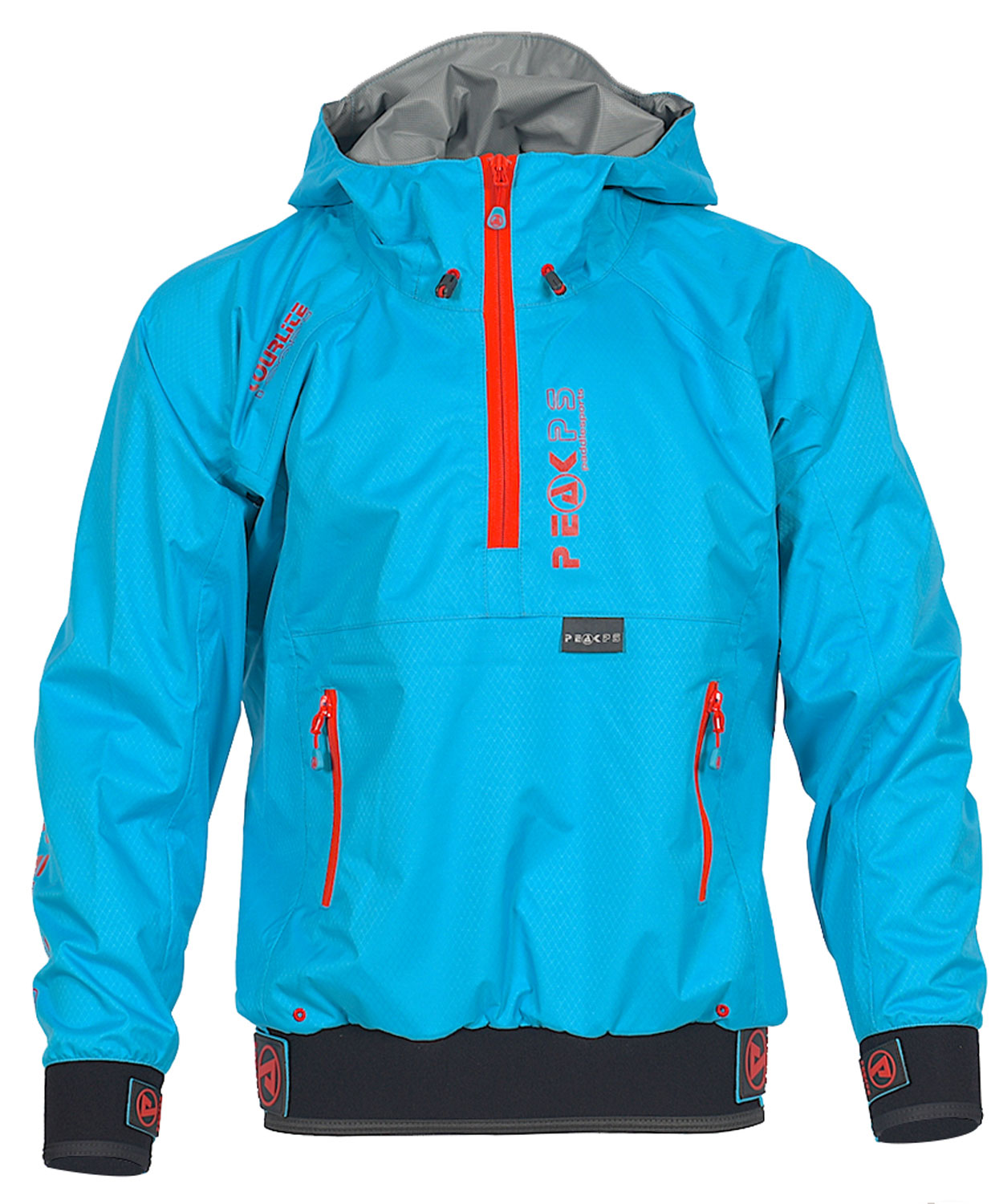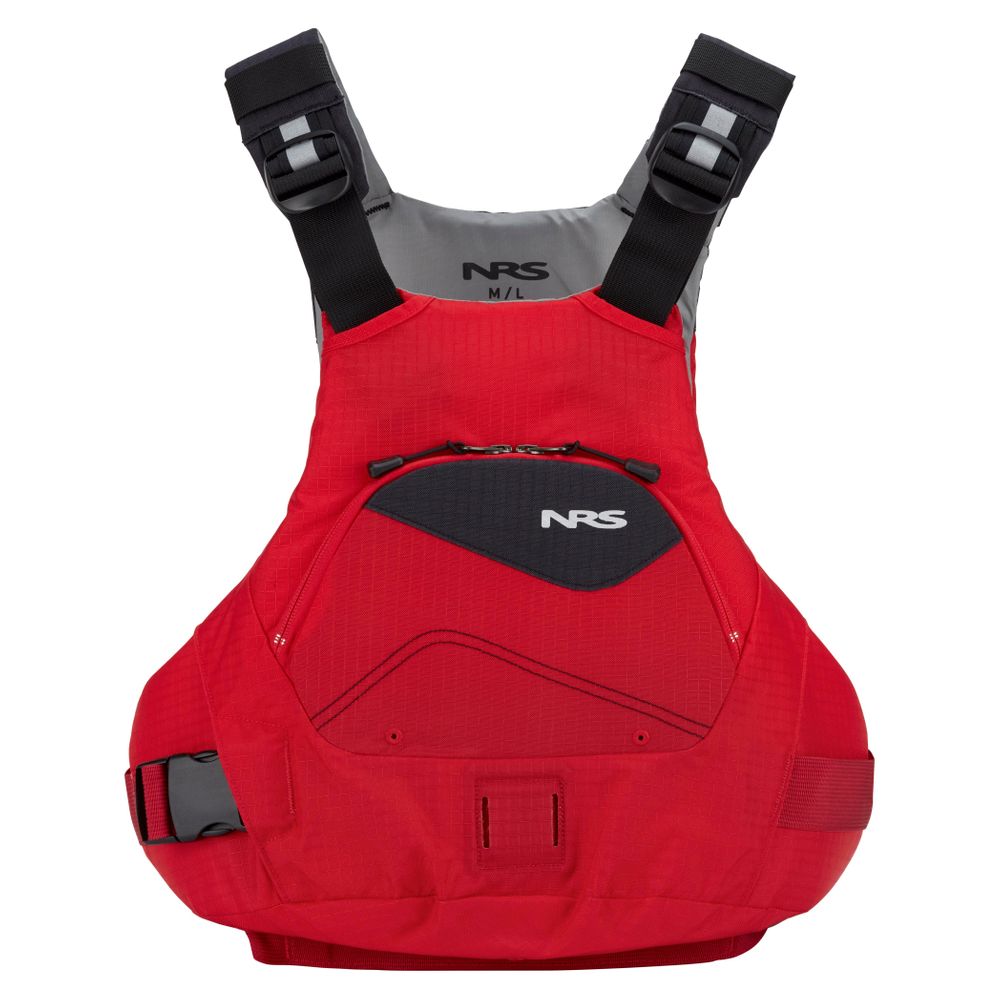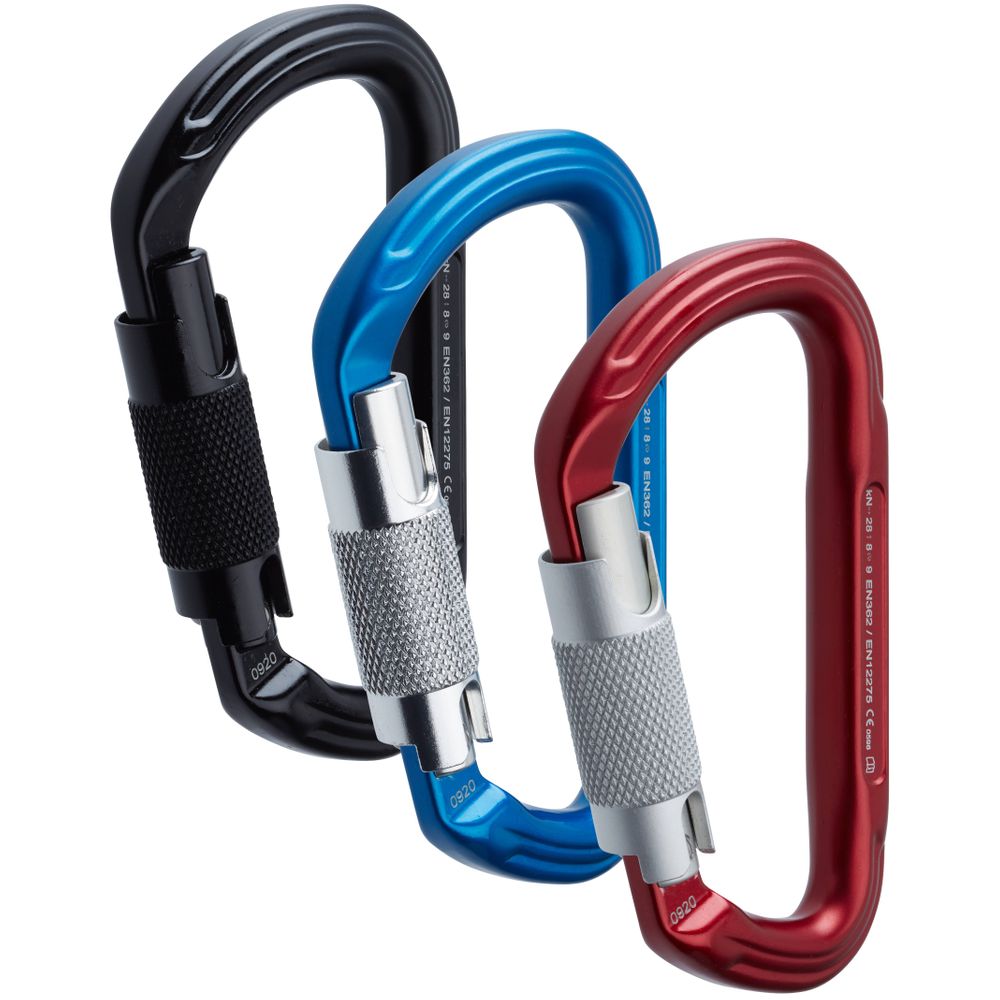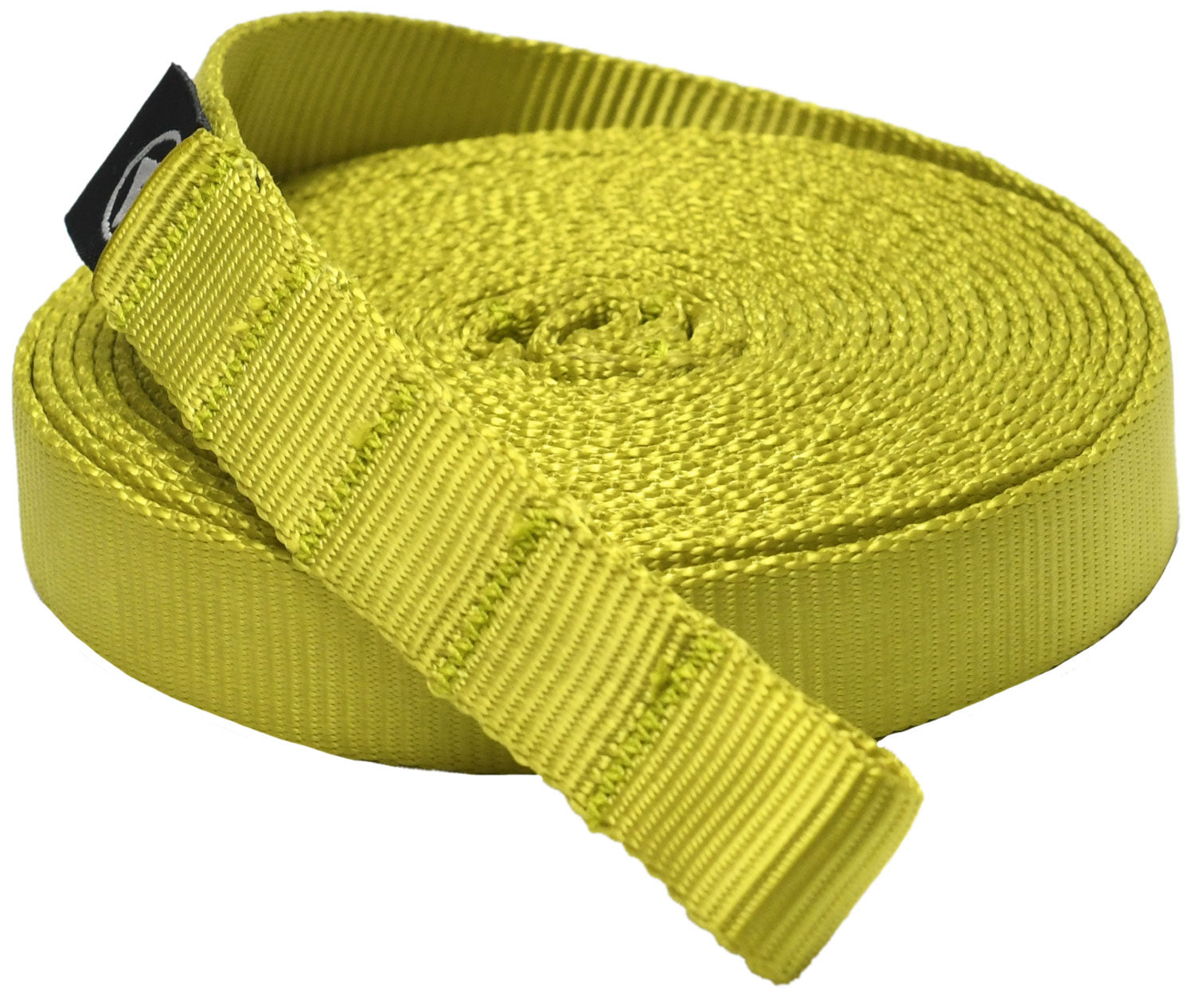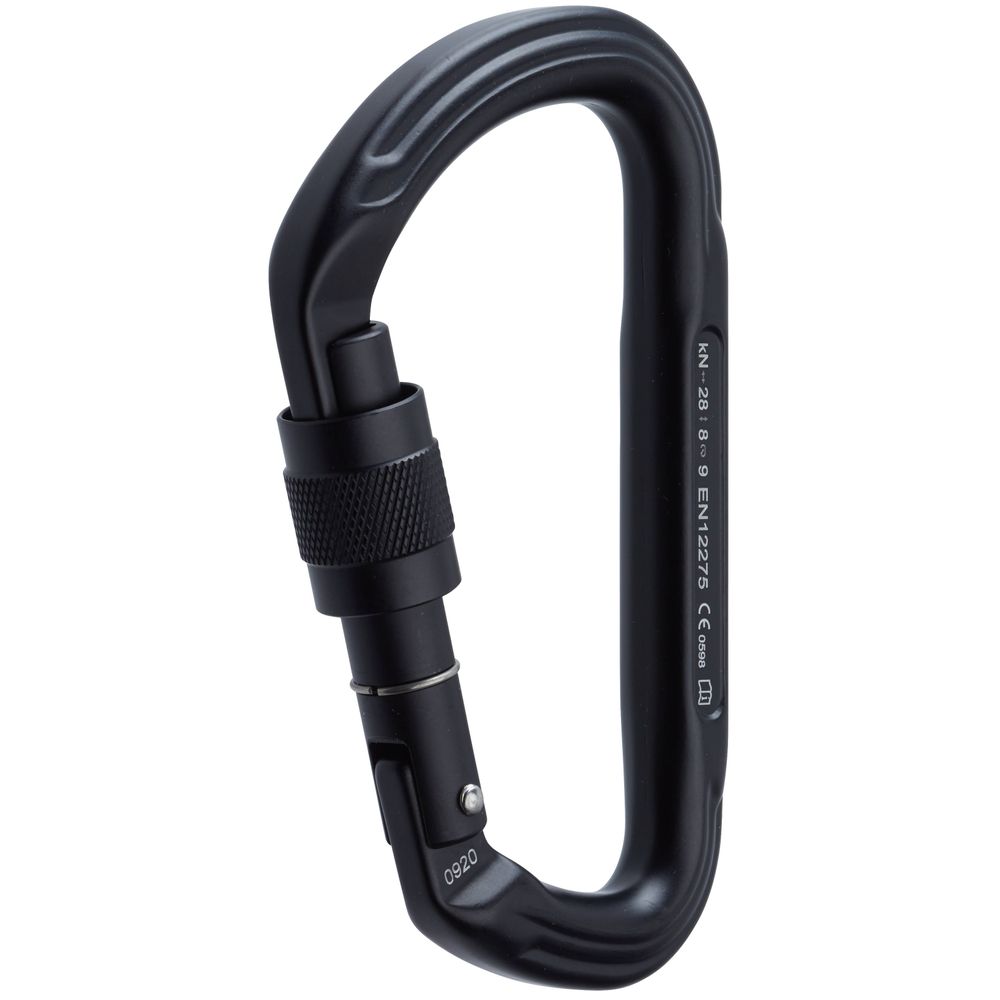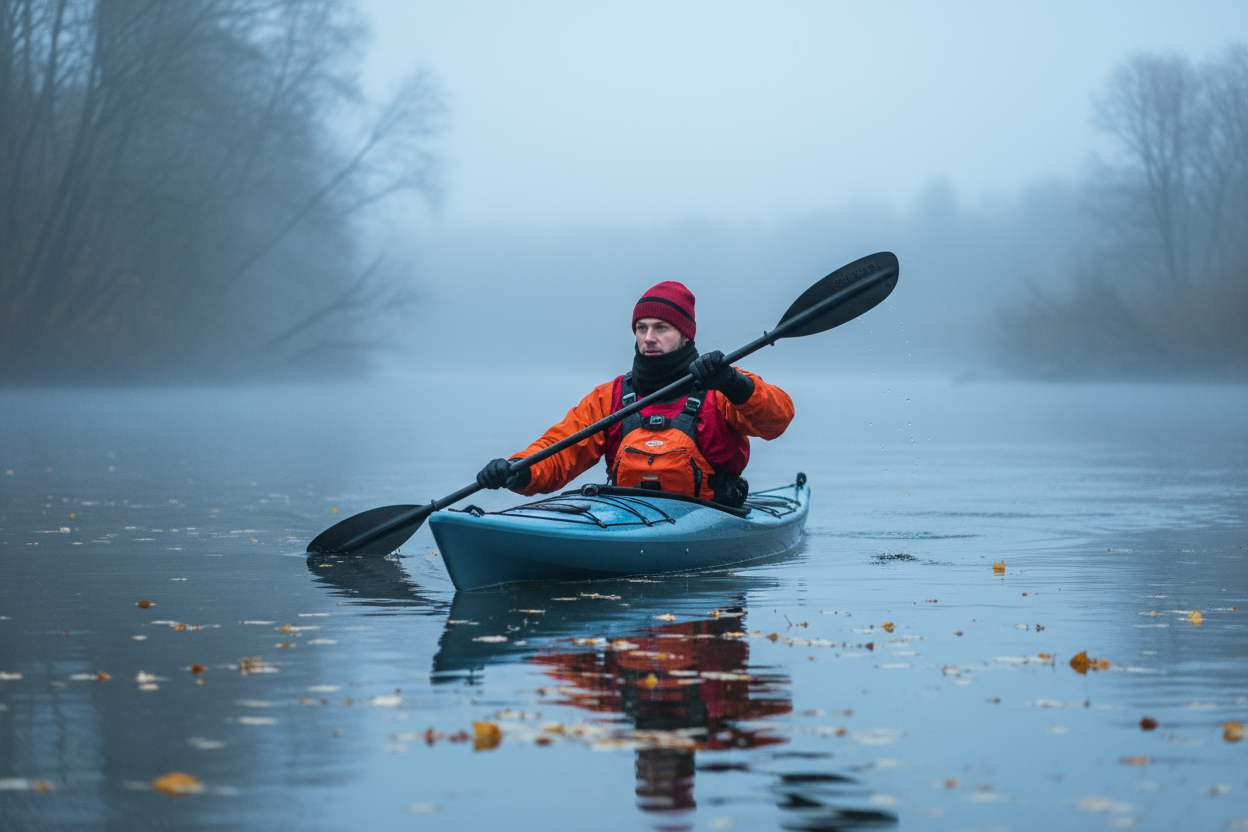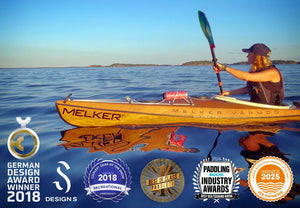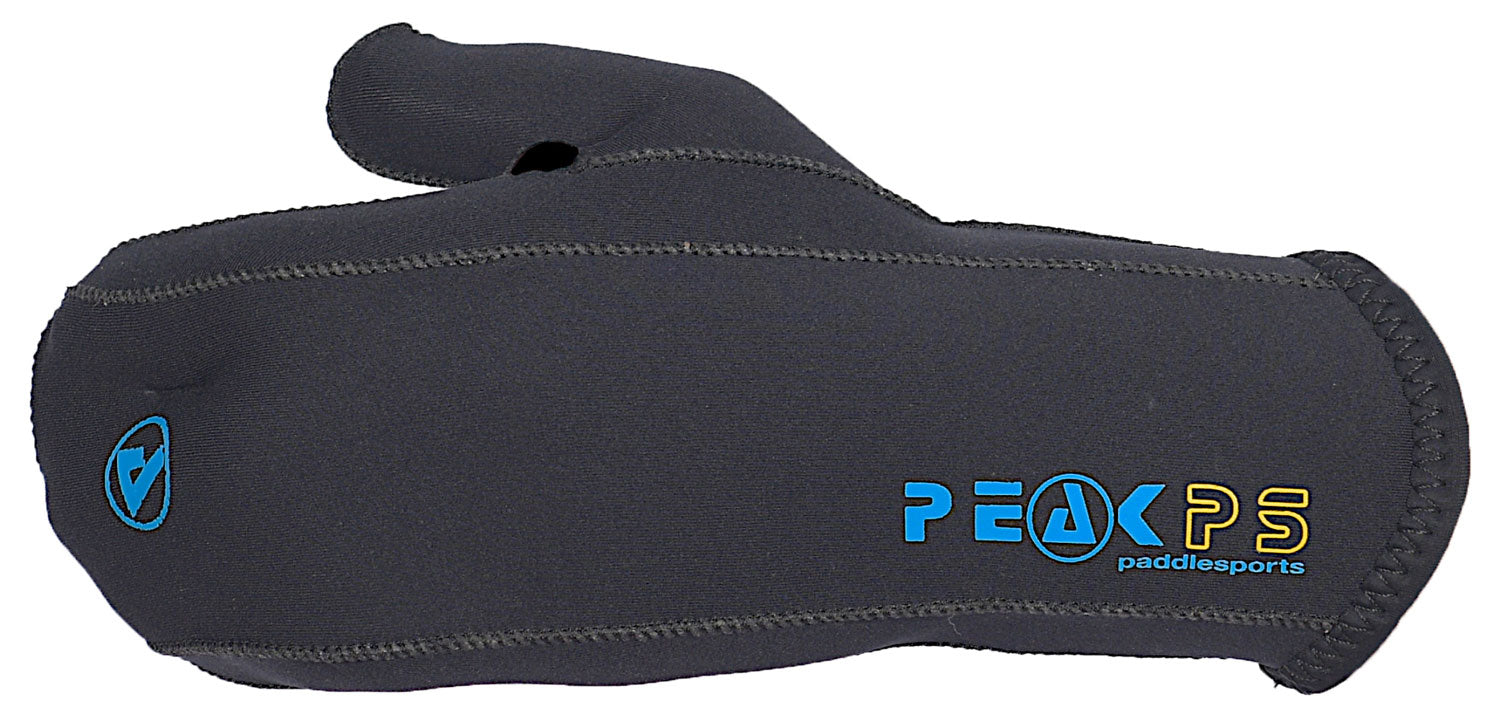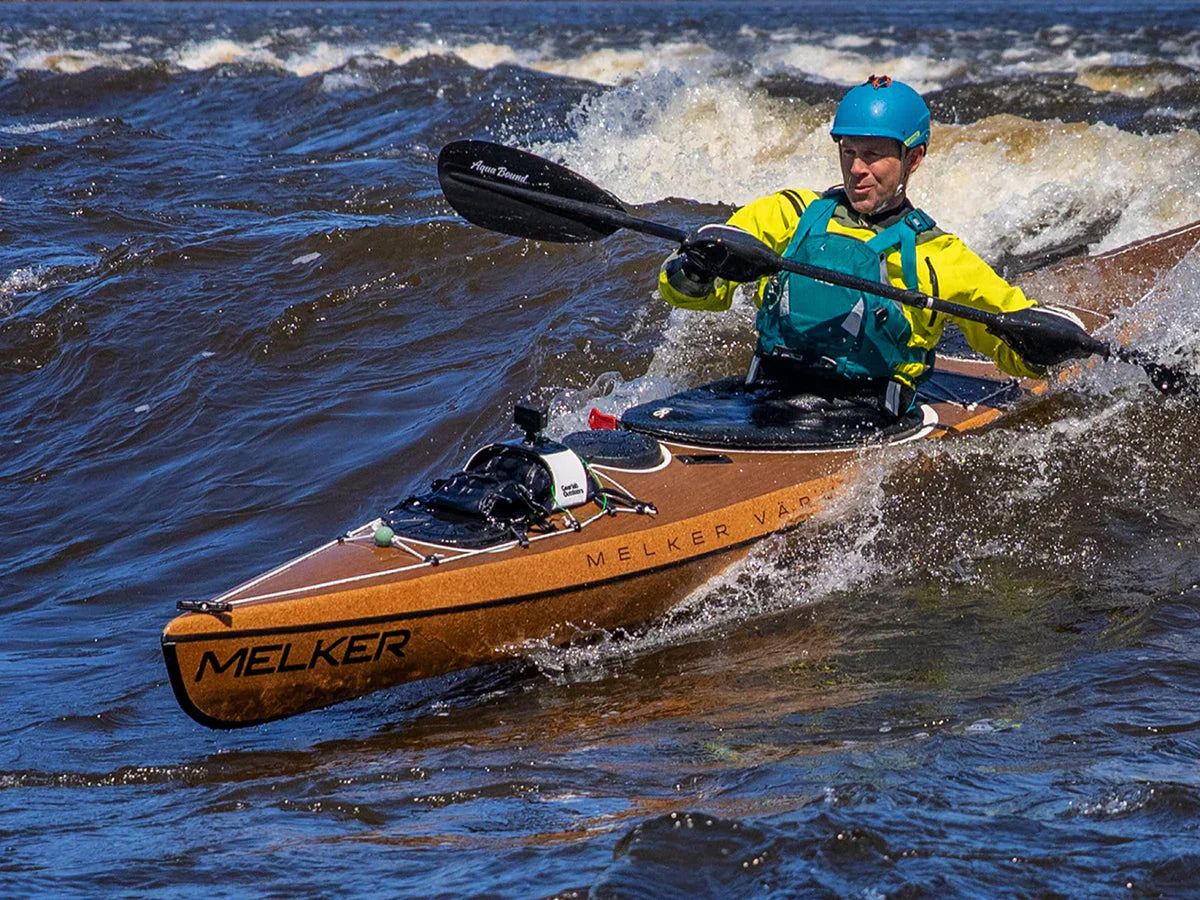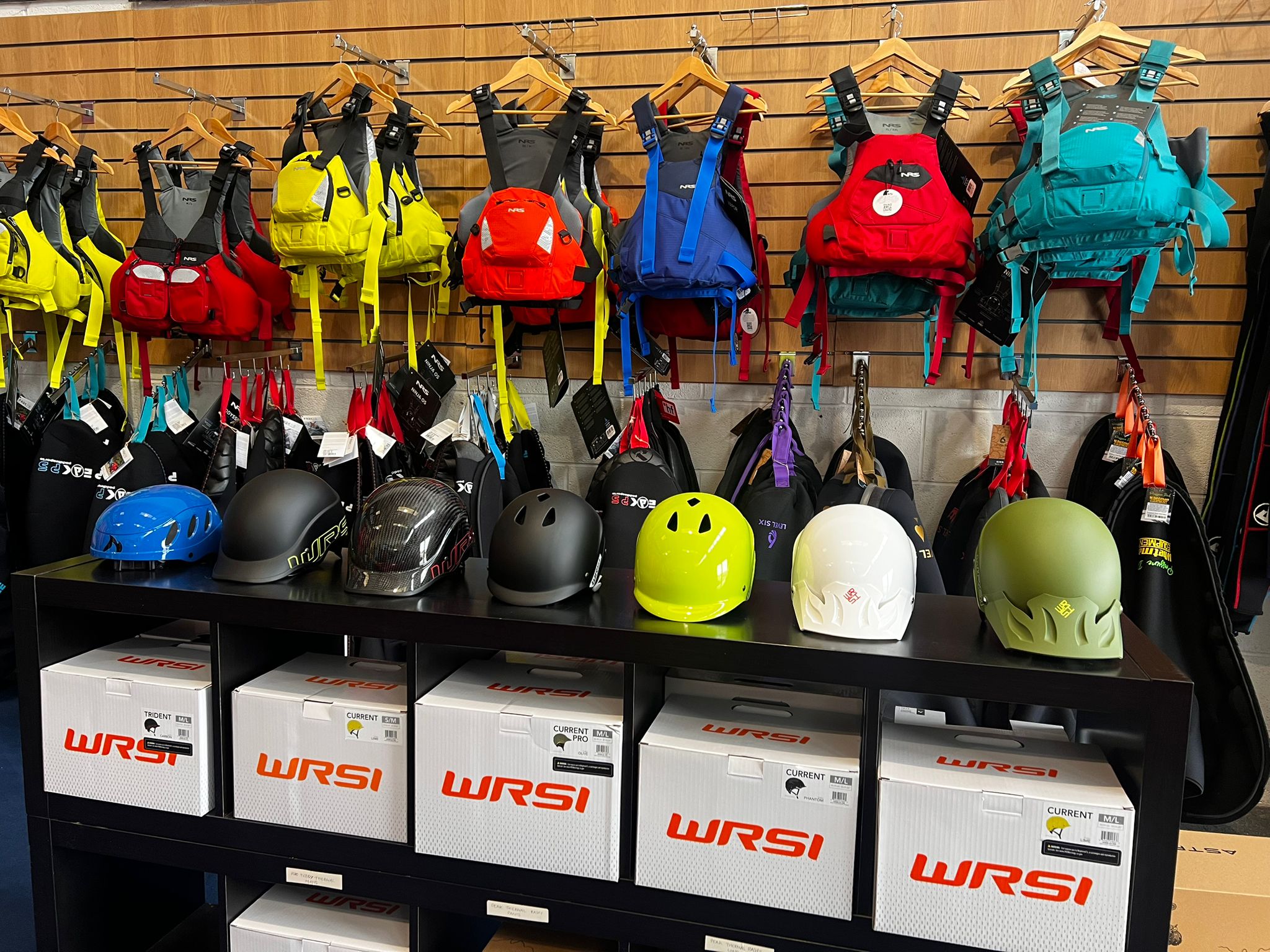
As the weather starts to turn colder and the water temperatures drop, staying warm quickly climbs to the top of most paddlers’ priorities. Whether you’re into whitewater kayaking, sea kayaking, or flat water touring, being properly equipped for the cold can make the difference between an incredible day out and one you can’t wait to end.
Why staying warm matters
Keeping warm on the water isn’t just about comfort, it’s about safety, performance, and enjoyment.
- Cold water drains heat fast even experienced paddlers can lose coordination, focus, and reaction time when chilled.
- Hypothermia risk increases dramatically in cold air and water, especially if you capsize or get splashed repeatedly.
- Let’s be honest, paddling is simply more fun when you’re not shivering! Staying warm means you’ll paddle longer, move more freely, and enjoy those crisp winter rivers or quiet coastal mornings without discomfort cutting your session short.
When cold water paddling happens most
For river paddlers, the best flows often arrive with rainfall and snowmelt, meaning autumn through early spring brings the most action. Even artificial whitewater courses may run year-round, but the water temperature still drops significantly. If you’re heading out, it pays to be ready for cold conditions no matter where you paddle.
What to wear for cold weather paddling
There’s no single magic item that keeps you warm, it’s all about layering and protection. Here’s how to build up your cold weather paddling kit:
1. Gloves, Mitts & Pogies
Your hands are constantly exposed to cold water, wind, and splashback — so protecting them is a must.
- Neoprene Gloves: Great all-rounders offering warmth and dexterity.
- Open Palm Mitts: Perfect for whitewater paddlers who want warmth but still need grip and paddle feel.
- Fingerless Gloves: Ideal for milder cold days where you still want full finger control.
- Pogies: Attach directly to your paddle shaft, allowing you to paddle barehanded inside a warm shell.
Various Gloves & Mitts or Pogies avaialble in store or online.
2. Neoprene Headwear
A huge amount of body heat escapes through your head, especially when it’s wet.
- Neoprene Hoods: Offer full coverage and warmth under a helmet, perfect for winter whitewater sessions.
- Headcases or Skull Caps: Lighter options that fit comfortably under helmets or beanies.
3. Thermals, Base Layers & Wetsuits
Layering is key to managing body temperature.
- Rash Vests: Ideal as a next-to-skin base layer that dries quickly.
- Fleece Tops & One-Piece Undersuits: Add insulation and wick moisture away from your skin.
- Wetsuits: For those likely to be in the water more often than on it, choose thickness based on temperature and conditions.
Mens Wetsuits | Womens Wetsuits
4. Socks
Cold feet can ruin a session faster than anything.
- Neoprene Socks: Keep feet insulated even when damp.
- Thermal Socks: Great under drywear for added warmth.
- Dry Socks: For use with drysuits or dry trousers, a must for staying completely dry.
5. Outer Layers - Dry Cags, Dry Suits & Dry Trousers
This is your first line of defence against the elements.
- Dry Cags (Dry Tops): Keep your upper body dry and windproof; perfect for whitewater paddling.
- Dry Trousers: Combine with a dry top for flexible layering and comfort.
- Dry Suits: The ultimate cold weather paddling gear, fully waterproof, allowing full under layer control.
Pro tips for staying warm on the water
- Layer smart: Start slightly cool on land; you’ll warm up once paddling.
- Bring spares: A dry towel, hat, and base layer in your kit bag can make the post-paddle changeover much nicer.
- Stay fuelled: Warm drinks and snacks help maintain energy and body heat.
- Move often: Keep active between runs or during breaks to prevent your body cooling down.
A quick summary
Cold weather paddling can be some of the most rewarding paddling of the year, quieter waters, stunning winter scenery, and often the best river levels. With the right winter paddling gear, staying warm and comfortable means you can make the most of every session safely and enjoyably.
So whether you’re heading for a whitewater adventure, a flatwater cruise, or a sea kayak trip, make sure you’re kitted up for the season ahead — your fingers and toes will thank you!

